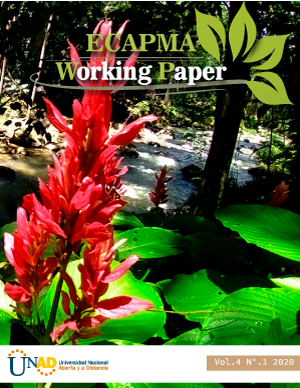Industrial perspectives in bio fixation technologies for microalgae CO2
The use of microalgae in different sectors of the industry has recently become an attractive technique for capturing and recycling CO2, with additional benefits such as the purification of wastewater used as a culture medium and the possible uses of the resulting biomass. Conceptually, CO2 capture through the photosynthetic process of microalgae can be considered a competent technology due to its efficiency in converting this gas into organic compounds through its use as a nutrient in the culture medium. The purpose of this review is to socialize a perspective regarding technologies aimed at challenges and perspectives on the topic of ecological impacts due to biofixation of CO2 by microalgae. A search was made of current research works related to the cultivation of microalgae focused on biofixation of CO2 and biomass production, using crops in different media such as wastewater. Certain studies have shown that the Scenedesmus sp. Not only do they fix CO2 but they can also convert approximately 15-25% of atmospheric CO2 into biodiésel for fuel. Furthermore, its biomass could store pigments (lutein) as an additive in commercial food treatment. Another species like Chlorella vulgaris has been used in the removal of polluting elements from wastewater. The cultivation of microalgae for the purpose of obtaining biomass and CO2 capture can be projected as an economically viable strategy as long as its cultivation is associated with the treatment of wastewater bodies.





